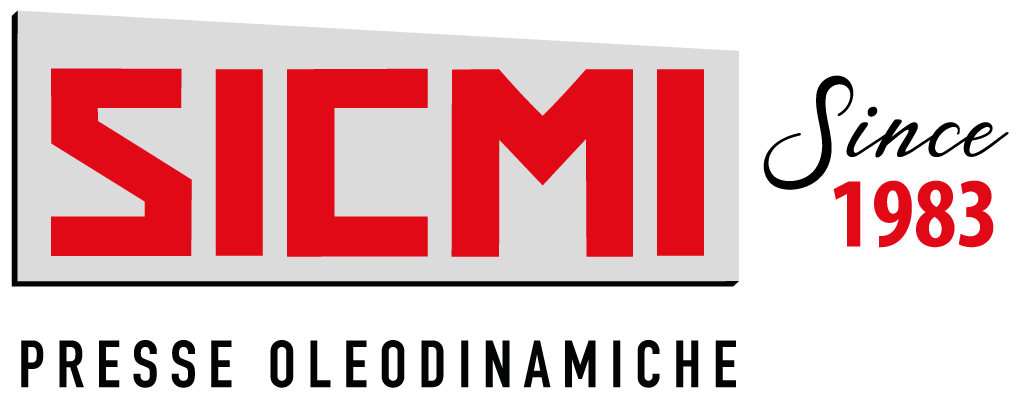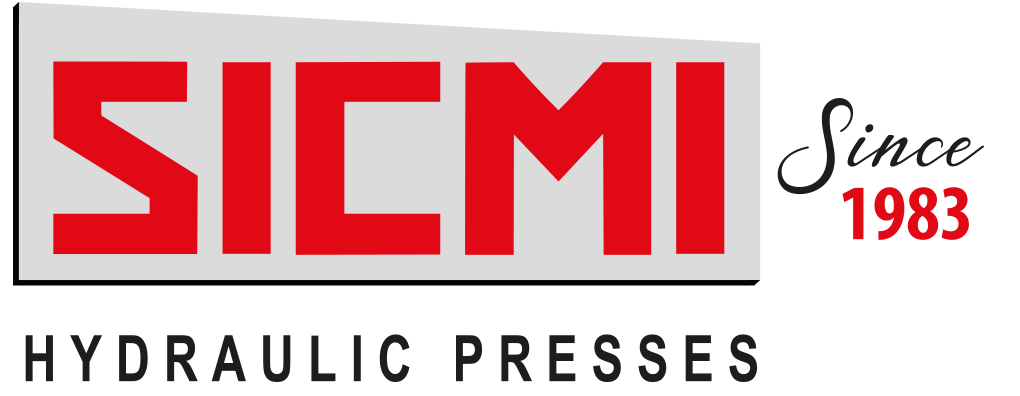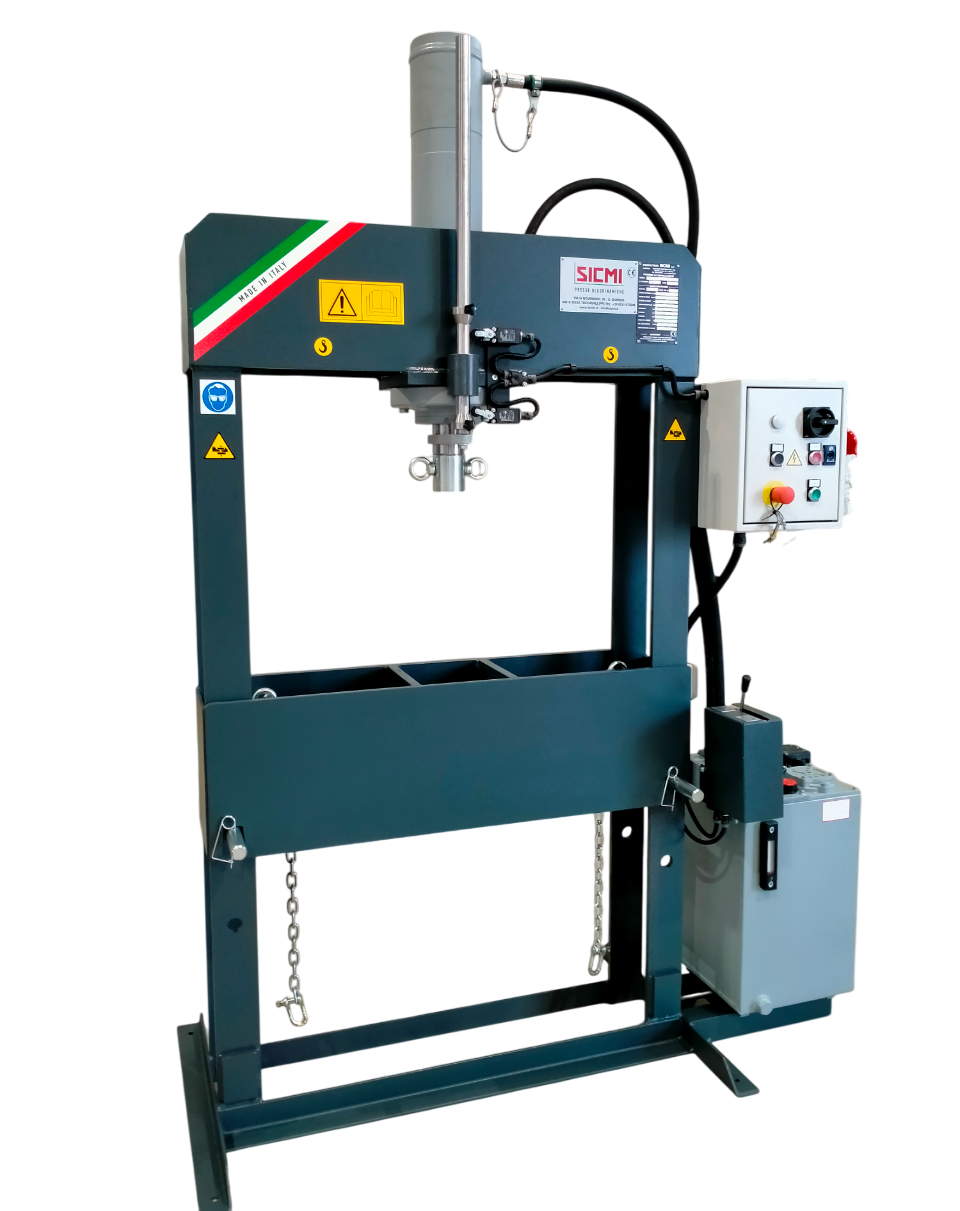The SICMI – PSS 40 S semi-automatic hydraulic workshop press is a versatile tool perfect for a wide array of tasks within any mechanical workshop. Its capabilities include straightening metal sheets, disassembling bearings and bolts, as well as performing stamping and material shaping operations.
The hydraulic cylinder boasts a 500mm stroke, which can be precisely adjusted using microswitches to define the upper and lower limits of the hydraulic piston movement. Constructed with a robust, fully welded, and milled steel frame, this press is engineered to withstand even the most significant pressures, ensuring durability and reliability for demanding applications.
The PSS hydraulic press is ideally suited for intensive use in maintenance and repair shops or within rigorous industrial environments. Its generous front access facilitates the easy positioning of both long and wide workpieces, enhancing operational flexibility.
The work surface of the PSS 40 S semi-automatic hydraulic workshop press features a hollow design. This thoughtful design element simplifies the processing of materials at elevated positions. For added convenience, an optional work support is also available.
This electro-hydraulic press incorporates a two-speed control system, activated by simultaneously pressing the lever and button, adhering strictly to current CE safety standards. This ensures controlled and safe operation.
The cylinder provides a substantial 500 mm stroke and a rapid top speed of 29 mm/sec, contributing to efficient workflow. This powerful pressing machine delivers a substantial 40-ton capacity and is driven by a 1.5 kW hydraulic power unit, providing ample force for various tasks.
A particularly useful feature of the PSS hydraulic workshop press is its manually controlled, moving side cylinder. This innovative addition allows you to laterally shift the cylinder and then precisely lower it onto the desired point on the metal sheet without the need to reposition the workpiece itself, significantly improving accuracy and ease of use for localized operations


